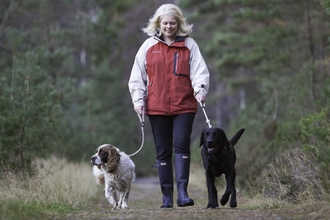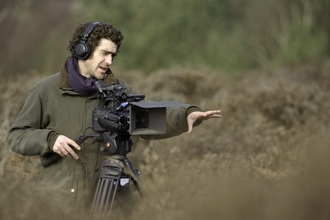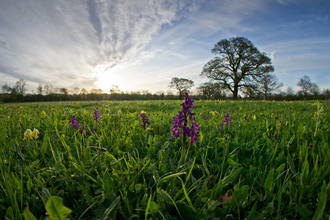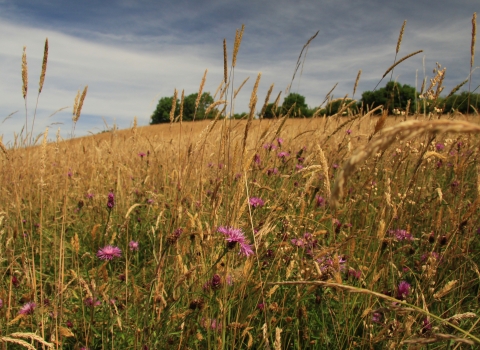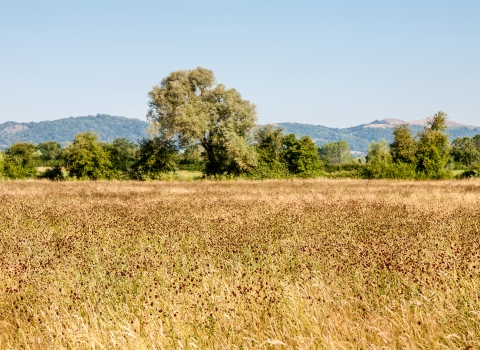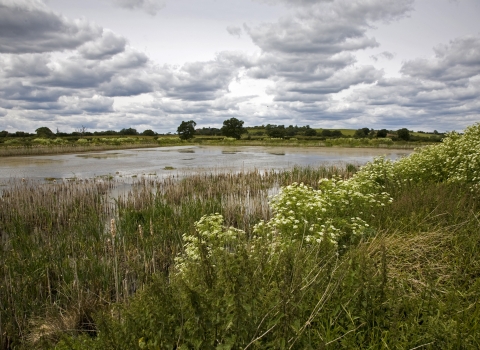Please can we remind visitors that there is no access to the meadow - please view the daffodils from the fenceline. Thank you.
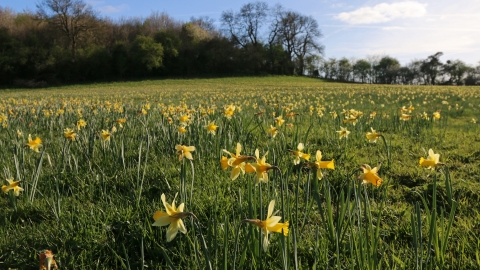
Duke of York Meadow by Wendy Carter
Duke of York & Ryefield Meadows
Location
Know before you go
Dogs
When to visit
Opening times
Dusk to dawnBest time to visit
March to JulyAbout the reserve
More than 120 species have been recorded at Duke of York including green-winged orchids, cowslips, great burnet, pepper saxifrage, dyers greenweed and adder’s-tongue fern. A spectacular show of native wild daffodils blooms each spring, carpeting the field in a sea of yellow.
Daffodils also feature in the fields at Ryefield Meadows (The Gerald Dawe Reserve), just across the road. These meadows add common spotted orchid, goat's-beard, greater bird's-foot trefoil, knapweed and lady's bedstraw as well as ragged robin and meadowsweet alongisde the stream edge. The poorer sward of the smallest western field has been strewn with hay from Duke of York to help increase the species diversity.
The diversity of flowers across the meadows attracts a range of butterflies and bees; more than 20 species of butterfly are found here including meadow brown and common blue. There are traces of ridge and furrow at Duke of York, indicating that ploughing once happened here. For centuries, however, the fields at Duke of York and Ryefield have been used to grow hay. We’re continuing the tradition of allowing a hay crop to grow from April; cutting in July and grazing from then.
The Duke of York meadow takes its name from the adjacent public house from whom the field was purchased by the Trust. Ryefield Meadows was donated to the Trust by Valerie Dawe in memory of her husband, Gerald.
This is one of a number of grasslands and one orchard in the area - we believe that a landscape-scale approach to wildlife conservation is essential. Wildlife needs space to adapt and move to cope with the consequences of climate change. Practically, this means that we need our countryside to be bigger, better and more joined up to provide a coherent network of large areas linked by corridors that can provide benefits for people as well as for biodiversity.
In a pastoral landscape these scattered sites demonstrate how important each sensitively managed piece of land has become and we demonstrate their importance of protecting the existing wildlife value to encourage other landowners to manage their land and hedgerows less intensively. These seven small reserves lie within Natural England’s Severn and Avon Vales Landscape Area, and within the Worcestershire Wildlife Trust’s Malvern Chase Living Landscape.

